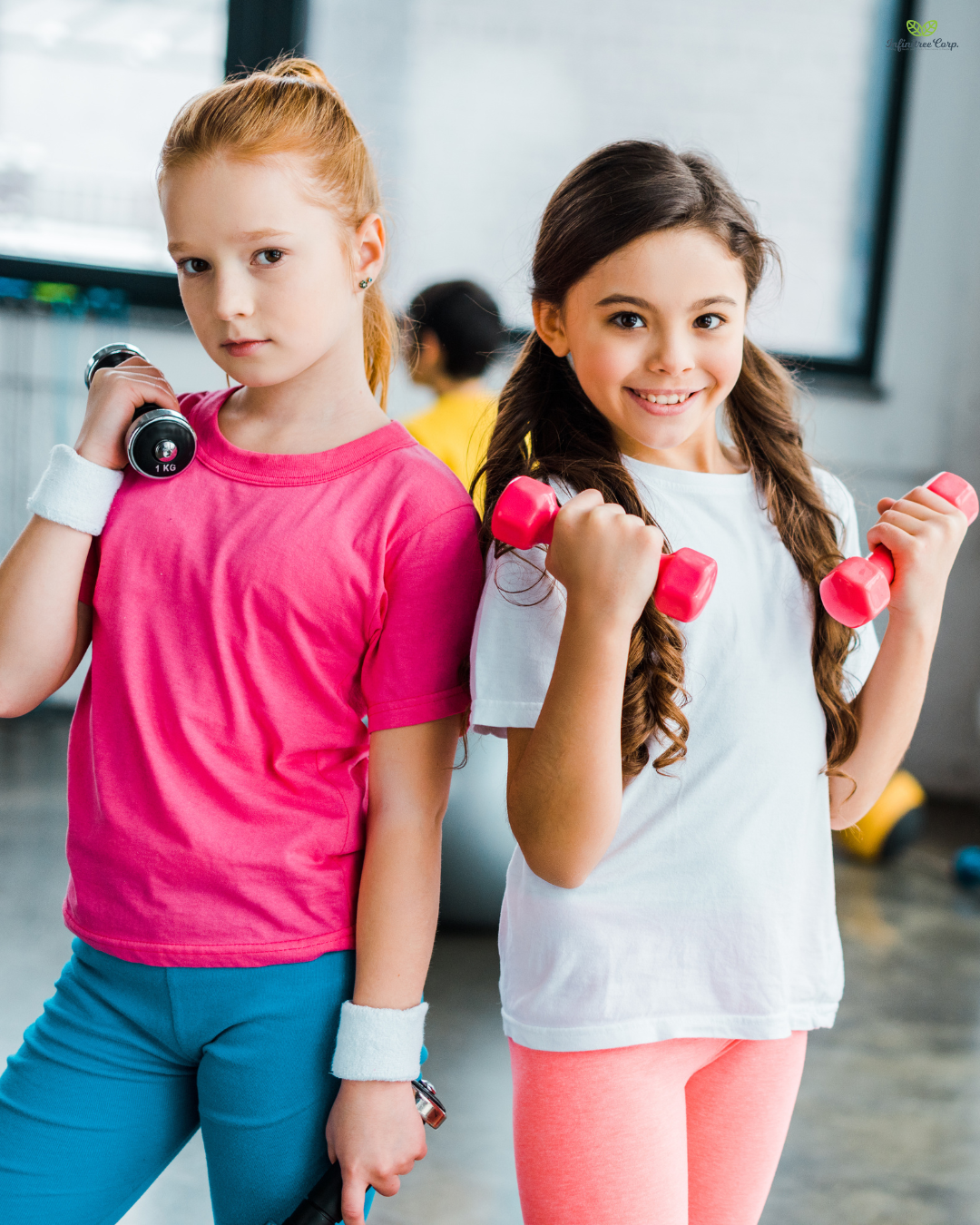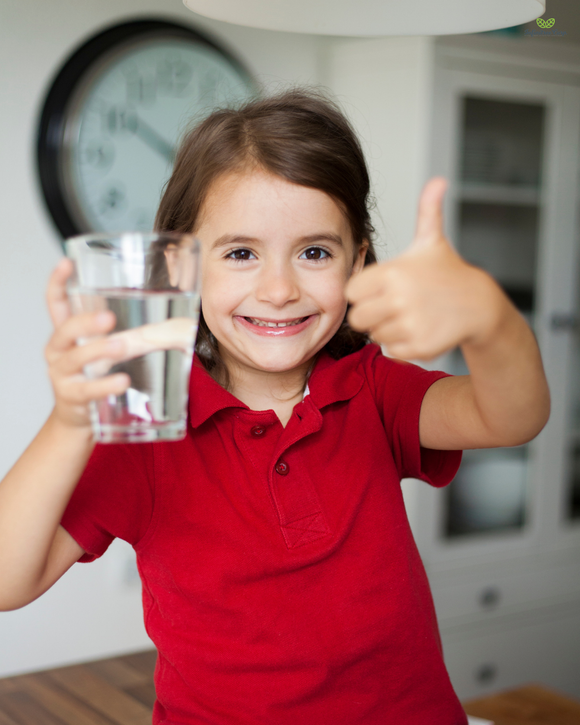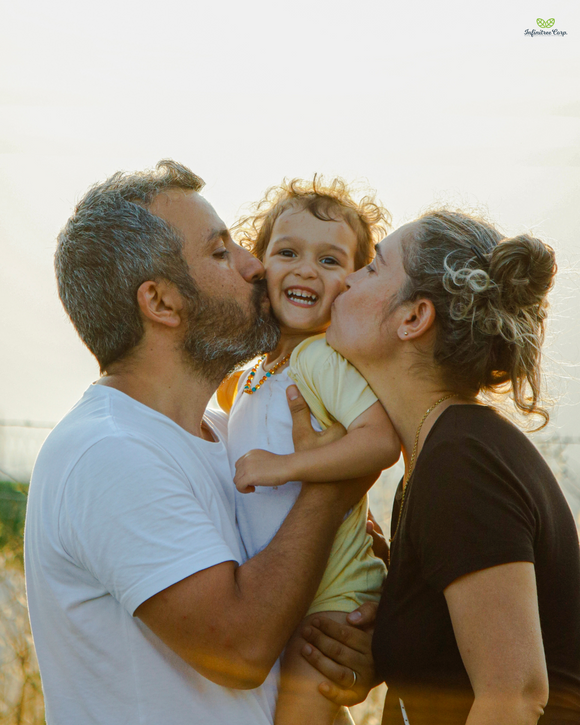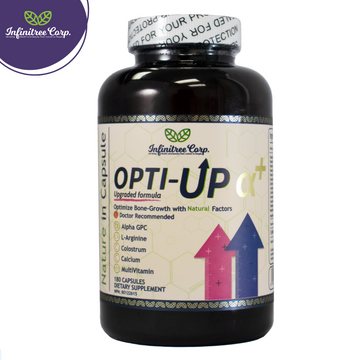
The Role of Light Resistance Training in Supporting Bone Density in Teens
InfinitreeEditor.Jo
From Fragile to Strong
When 13-year-old Ava started playing volleyball, she loved everything about the sport—until she twisted her ankle for the third time in one season. Her doctor said it wasn’t just bad luck—her bones weren’t strong enough yet, and her posture and joint support needed work.
Rather than dropping the sport, her family started a light resistance training routine at home: bodyweight squats, resistance band pulls, and gentle core work.
The result? Fewer injuries, more confidence on the court, and at her next checkup, her bone mineral density had significantly improved. Even better—she grew over 2 inches that year.
Why Bone Health Matters in the Teen Years
Adolescence is when up to 90% of peak bone mass is developed. This period—from ages 10 to 18—is the body’s best chance to:
-
Build bone strength
-
Increase skeletal density
-
Lay the foundation for lifelong physical resilience
Unfortunately, many teens today are:
-
More sedentary
-
Not exposed to strength-bearing activity
-
Missing key nutrients (like calcium, magnesium, and vitamin D)
This combination can lead to:
-
Low bone density
-
Increased injury risk
-
Postural issues
-
Slowed physical development
That’s where light resistance training comes in.
The Science: How Resistance Training Builds Bones
Many people think resistance training is only about building muscles. But for teens, it’s actually one of the most effective ways to stimulate bone formation—when done correctly.
🦴 1. Mechanical Load = Bone Stimulus
When muscles contract against resistance (even light), they pull on bones. This mechanical stress tells the body:
“Make these bones stronger!”
💪 2. Increased Muscle Mass = Better Bone Support
Stronger muscles = better posture, better alignment, and less pressure on joints.
🧠 3. Activates Growth Hormones
Exercise, especially weight-bearing activity, stimulates growth hormone release, supporting both height and skeletal density.
Debunking Common Myths About Teen Strength Training
Let’s clear a few things up:
❌ “Lifting weights stunts growth.”
Not true—unsafe or excessive training might cause joint stress, but light, well-structured resistance training supports growth.
❌ “They’re too young to strength train.”
If a teen can run, jump, or play sports, they can safely do bodyweight or band exercises—with the right supervision.
Signs Your Teen May Benefit from Resistance Work
-
Slouched posture or weak core
-
Frequent joint or muscle injuries
-
Lack of muscle tone
-
Difficulty with basic physical tasks (climbing stairs, jumping)
-
Low energy levels
-
Flat feet or ankle instability
These aren’t signs of laziness—they could be signs that the body needs functional strength to support growing bones.
Beginner-Friendly Resistance Exercises for Teens
These movements build strength without heavy weights or gym memberships.
1. Bodyweight Squats
-
Strengthens hips, thighs, and spine
-
Builds lower body power to support pelvic and leg bones
🔁 Do 2 sets of 10–12 reps
2. Wall Push-Ups
-
Develops upper body and shoulder support
-
Gentle on joints, easy to modify
🔁 Do 2 sets of 8–10 reps
3. Resistance Band Rows
-
Improves posture and upper back stability
-
Activates muscles around the spine and ribs
🔁 Do 2 sets of 12 reps
4. Step-Ups on a Low Surface
-
Functional movement to train hips, knees, and ankles
-
Boosts stability and coordination
🔁 Do 10 reps per leg
5. Bird-Dog Core Hold
-
Strengthens deep abdominal and spinal muscles
-
Enhances alignment and joint protection
🔁 Hold 15 seconds per side, 2 rounds
How Often Should Teens Train?
✅ 2–3 times per week of 15–20 minutes
✅ Include 1–2 rest days
✅ Focus on form over weight
✅ Mix resistance with stretching and cardio for balance
You don’t need a gym. These exercises can be done at home with:
-
A yoga mat
-
A resistance band
-
A small stool or step
Pairing Resistance Training with Bone-Building Nutrition
You can’t build strong bones without the right materials. Make sure your teen’s diet includes:
🥛 Calcium & Vitamin D
For bone formation and strength
🥩 Protein
For muscle recovery and structure
💊 Magnesium & Zinc
For bone cell regeneration and hormone balance
🌿 Collagen & L-Arginine
For joint flexibility and natural growth hormone support
💡 Opti-Up Alpha Plus is formulated with these essentials in one easy-to-take capsule—ideal for growing teens who need structure and support.
Sample Weekly Plan
| Day | Activity |
|---|---|
| Monday | Bodyweight training (20 min) |
| Tuesday | Rest or light walk |
| Wednesday | Resistance band + core work (15 min) |
| Thursday | Yoga or stretching |
| Friday | Step-ups + push-ups + squat circuit |
| Saturday | Sports or active play |
| Sunday | Rest + smoothie + stretching |
🧃 Post-workout tip: A smoothie with banana, Greek yogurt, and Opti-Up Alpha Plus = recovery + growth in one cup.
Tips to Make Resistance Training Teen-Friendly
-
✅ Keep workouts short and achievable
-
✅ Use timers or playlists to make it fun
-
✅ Track progress visually (reps, posture, stability)
-
✅ Let them feel ownership: pick their own band color or set up
Final Thoughts: Strong Bones, Confident Growth
Light resistance training isn’t about lifting heavy—it’s about lifting smart. By teaching teens how to use their bodies with control, strength, and intention, we’re giving them a tool that supports:
-
Taller posture
-
Stronger joints
-
Resilience in sports
-
A lifetime of healthy movement
Combine that with balanced nutrition and recovery, and you’ve got a growth foundation that’s built to last.
Support Bone Growth from the Inside with Opti-Up Alpha Plus
Opti-Up Alpha Plus delivers what growing teens need, every day:
-
✅ L-Arginine – triggers natural growth hormone
-
✅ Hydrolyzed Collagen – supports cartilage and tendons
-
✅ Calcium + Vitamin D3 + Magnesium – fuels strong, dense bones
-
✅ Zinc + B12 – energizes recovery and muscle development
🎯 Pair it with resistance training, and your teen’s body will thank you—in height, strength, and confidence.
Disclaimer: This article is for informational purposes only and does not constitute medical advice. Always consult with a healthcare provider before beginning any new fitness or supplement routine.




